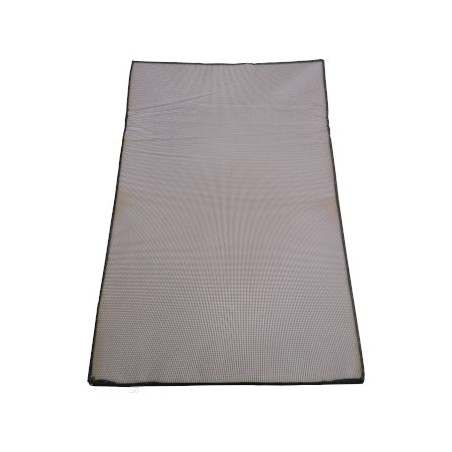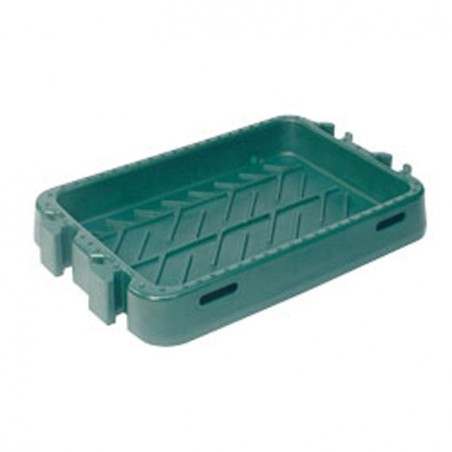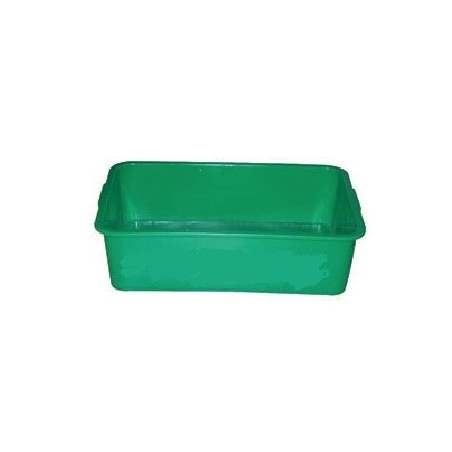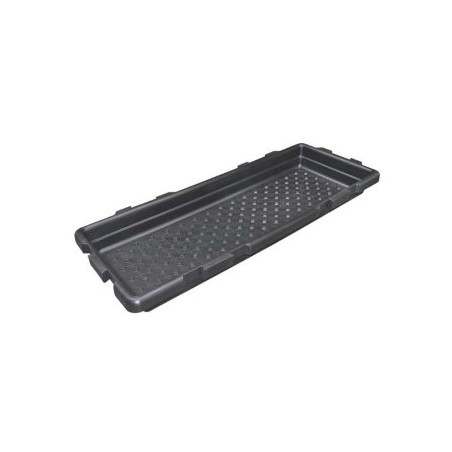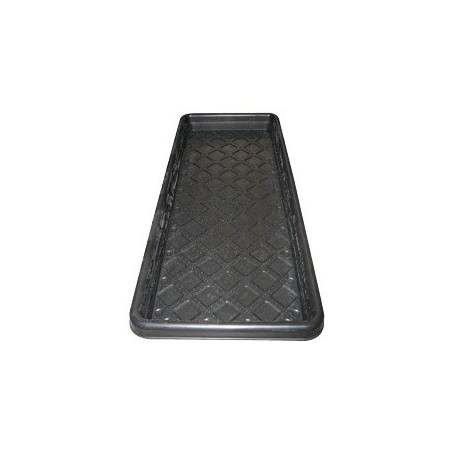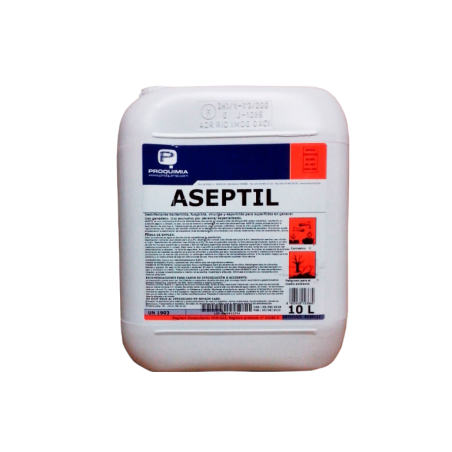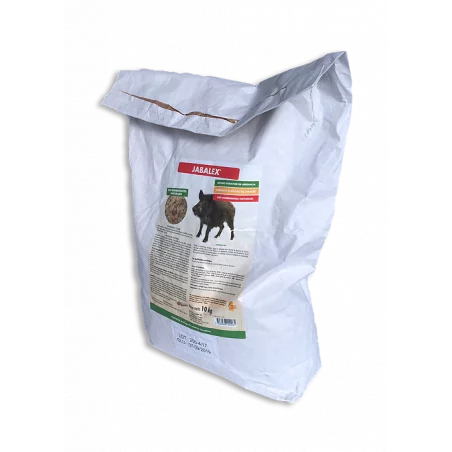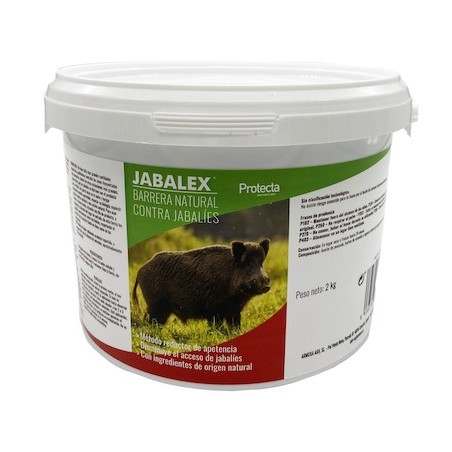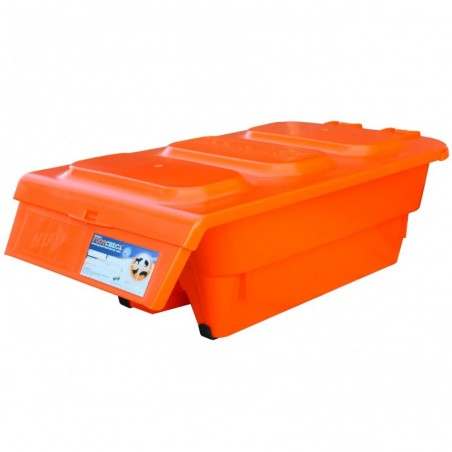In Germany, the African swine fever virus (ASFV) was first detected in a wild boar in September 2020 in the German federal state of Brandenburg near the border with Poland. It has since been spreading with currently more than 3,960 confirmed cases in wild boar and five outbreaks in domestic pigs (TSIS 2022). Feed has been mentioned as a possible source of ASFV transmission into domestic pig farms and stability of ASFV in feed and bedding has been defined as a knowledge gap on European and global level. A literature study was performed to examine the role different categories of feed materials could play in virus transmission to domestic pigs considering the impact of feed processing, transport, and storage. The available information was used to estimate the risk of individual feed groups for domestic pigs with regard to their virus transmission probability.
For processed by-products, e.g. grains, extraction meals, and compound feed, it can be assumed that ASFV will become most likely inactivated during processing. Although recontamination with the virus after the manufacturing process may occur, this scenario is assumed to be unlikely under general hygiene and HACCP principles. Due to the infectivity of ASFV and its resistance to environmental factors, virus transmission into domestic pig farms cannot be excluded for certain feed categories such as unprocessed, directly-fed feed materials. In contrast, processed feed probably does not play a role in ASFV transmission. According to literature, ASFV may be also retained in blood meal and spray-dried plasma after processing in the very unlikely case that blood or plasma from highly-infectious domestic pigs is used.

Overall, the literature review pointed out that future research is needed to generate data on the main factors influencing the survival and transmission of ASFV in feed material for domestic pigs during processing and storage.
Kowalczyk J, Barak N, Riede O, Engel AM, Koch F, Spolders M, Blome S, Pieper R. Literature review and qualitative risk assessment on the role of feed materials in African Swine Fever Virus transmission. Berliner und Münchener Tierärztliche Wochenschrift. 2022; 135: 1-9. DOI: 10.2376/1439-0299-2022-3




